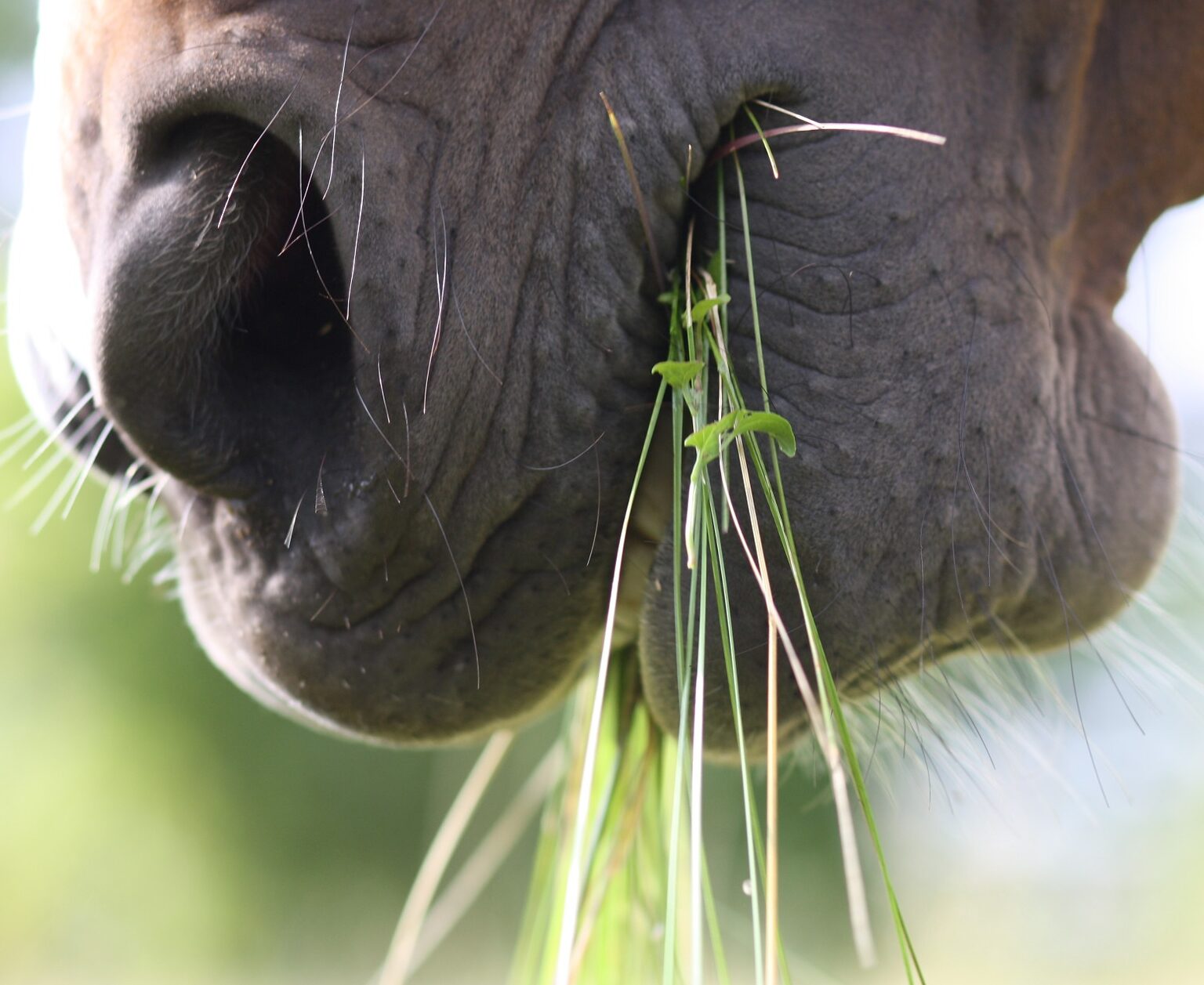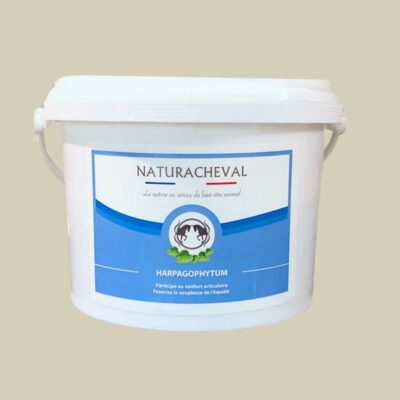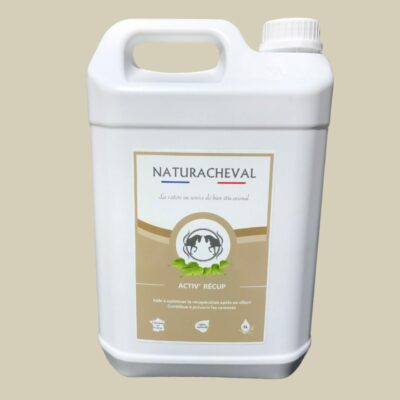CULTURE MOMENT: the esophageal plug
23 February 2022

This term defines an obstruction of the esophagus due to an accumulation of food: the food does not go down into the stomach, becomes blocked and forms a plug.
The horse’s oesophagus bringing food and water from the mouth to the stomach is long, very long: between 1.25 and 1.50 m! Once the entire neck has descended, at the entrance to the thorax, the esophagus loses width, so food passes through it more slowly. In most cases, the clog forms in this area.
It is necessary to differentiate between the esophagus, for eating and drinking, and the trachea for breathing. In the case of an oesophageal plug, the horse does not choke and breathes normally!
CLINICAL SIGNS
A few minutes after the meal, you may observe these symptoms:
– Neck extension/cough
– difficulty swallowing
– Regurgitation efforts
– hypersalivation/teeth grinding
-sweating
– Nasal discharge food
WHAT TO DO?
An esophageal blockage is not to be underestimated since it can lead to serious dehydration, inflammation of the esophagus, ulcers, bronchopneumonia, among others.
To soothe your horse, adopt these simple gestures:
– To make the horse walk
– massage the neckline
– administer antispasmodics if possible
It is also often necessary to review the diet given to the horse, bringing more fiber, soaking the rations, splitting the meals, distributing the feed at ground level, adding a stone to the ration to slow down the feeding of greedy horses and increase their chewing.
The clog is solved if the horse is able to eat and drink again within a few minutes.
Beyond 30 minutes, we advise you to contact a veterinarian so that he or she can best accompany you. A blockage can also be caused by diseases, tumors, cysts, abscesses.
And don’t forget to have your horse’s teeth checked every 6 to 12 months!



